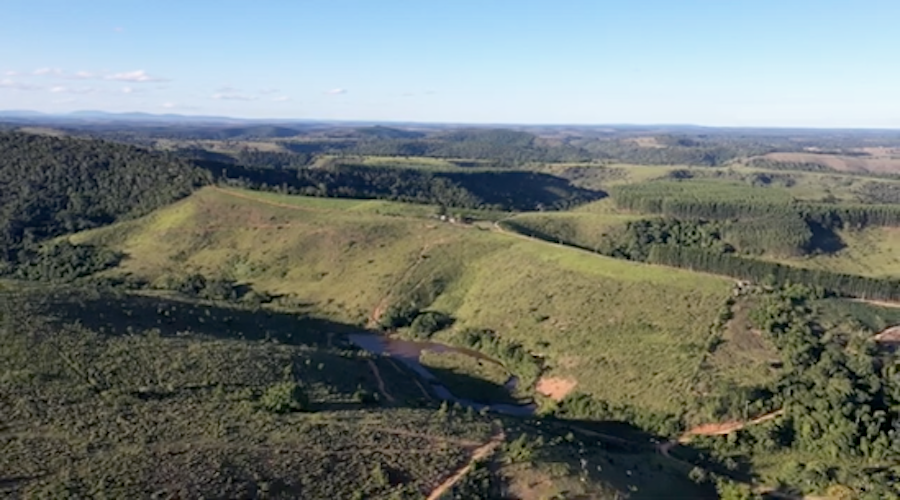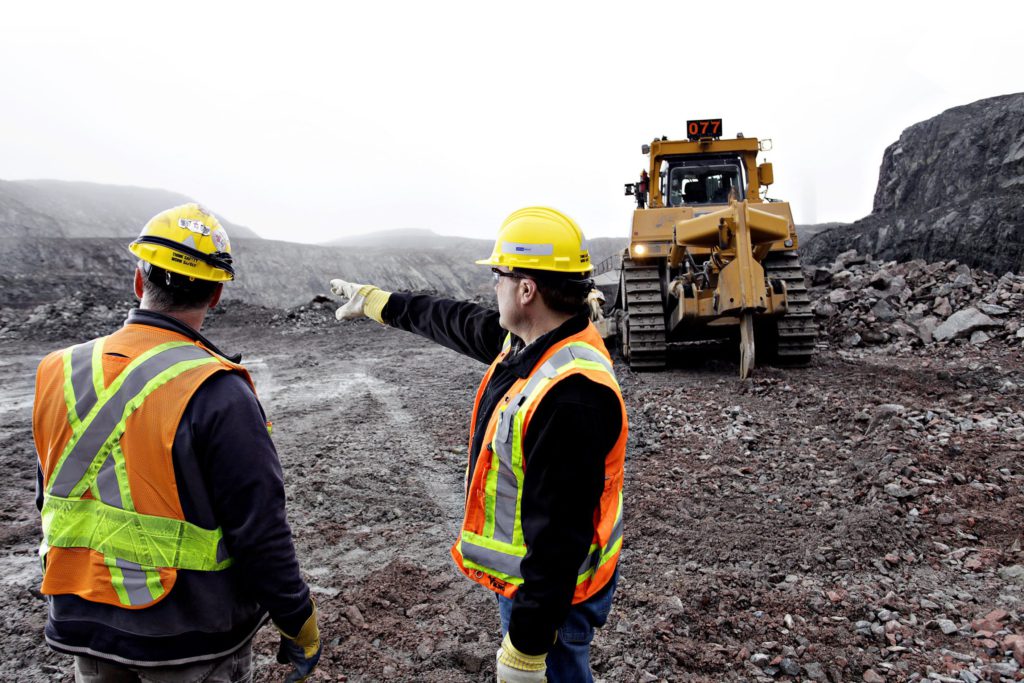More businesses are using monitoring tools to track productivity in a remote-work world
Author of the article:
FP
The Logic
Kelsey Rolfe
Publishing date: Oct 06, 2022
The Logic
Kelsey Rolfe
Publishing date: Oct 06, 2022

Employees of medium-sized Ontario companies will soon learn if their employer is monitoring them.
PHOTO BY GETTY IMAGES/ISTOCKPHOTO
Article content
Andrea Panagopoulos’s employer knows the length of every customer call she handles and can listen back to any of them. The company knows if she pauses before accepting another call. It knows how much time she takes for her allotted daily breaks.
Panagopoulous, a remote employee for Air Canada’s customer-support call centre in Toronto and who has worked for the airline for 28 years, said she understands why the company uses monitoring and measuring technology—but it still has her on edge.
“It’s a little nerve-wracking. … (I check my stats) every day … I need to know in my head that I’m doing well and I won’t lose my work-from-home (privileges),” she told The Logic in an interview. “They’re definitely using them to make sure you’re utilizing your time like you’re supposed to. And I get it.
“If you’re sitting there for half your shifts doing nothing, there has to be a way to monitor that.”
Employees of medium-sized Ontario companies will soon learn if their employer is monitoring them in similar ways. As of Oct. 11, employers with 25 or more workers will need to have a written policy on electronic monitoring that outlines how and why staff are monitored, what the information will be used for and to disclose that policy to employees. The rule was enshrined in the provincial Employment Standards Act in April when the government passed the Working for Workers Act.
Employee-monitoring tools, long common in jobs such as delivery drivers and call-centre employees, began seeping into other levels of work during the pandemic as employers sought to track the productivity of remote staff. Privacy and employment experts in the province told The Logic they expect unintended fallout from these new rules, and that employers themselves are bracing for impact.
Article content
Andrea Panagopoulos’s employer knows the length of every customer call she handles and can listen back to any of them. The company knows if she pauses before accepting another call. It knows how much time she takes for her allotted daily breaks.
Panagopoulous, a remote employee for Air Canada’s customer-support call centre in Toronto and who has worked for the airline for 28 years, said she understands why the company uses monitoring and measuring technology—but it still has her on edge.
“It’s a little nerve-wracking. … (I check my stats) every day … I need to know in my head that I’m doing well and I won’t lose my work-from-home (privileges),” she told The Logic in an interview. “They’re definitely using them to make sure you’re utilizing your time like you’re supposed to. And I get it.
“If you’re sitting there for half your shifts doing nothing, there has to be a way to monitor that.”
Employees of medium-sized Ontario companies will soon learn if their employer is monitoring them in similar ways. As of Oct. 11, employers with 25 or more workers will need to have a written policy on electronic monitoring that outlines how and why staff are monitored, what the information will be used for and to disclose that policy to employees. The rule was enshrined in the provincial Employment Standards Act in April when the government passed the Working for Workers Act.
Employee-monitoring tools, long common in jobs such as delivery drivers and call-centre employees, began seeping into other levels of work during the pandemic as employers sought to track the productivity of remote staff. Privacy and employment experts in the province told The Logic they expect unintended fallout from these new rules, and that employers themselves are bracing for impact.
If you’re sitting there for half your shifts doing nothing, there has to be a way to monitor thatANDREA PANAGOPOULOS, AIR CANADA CALL-CENTRE WORKER
“Imagine (your employer) says, ‘This whole time you’ve been working from home, we’ve been surreptitiously taking screenshots of you in the background of your house … because we had a right to do that. We’ve been listening in to all your calls, just to make sure you’re not doing anything wrong,’” said Lauren Reid, president and principal consultant at The Privacy Pro. “People are going to be offended, rightfully so … that they haven’t been trusted and this has been happening without their knowledge.”

Reid said she wouldn’t be surprised to see a wave of investigations and complaints following the introduction of disclosure requirements.
Andrew Caldwell, an HR advisory manager at Peninsula Canada who has been helping Ontario employers prepare for the new rules, said there’s “nervousness” about how employees will react.
While Ontario is the first province to enact a disclosure requirement on electronic monitoring, the rules don’t grant workers new privacy rights.
Most Ontario employees don’t have any such protections. The current Personal Information Protection and Electronic Documents Act only applies to federally regulated employees. The Digital Charter Implementation Act, which is making its way through Parliament, would replace part of PIPEDA with the Consumer Privacy Protection Act, which has the same limitations, and the province doesn’t have any private-sector privacy legislation.
However, Lisa Stam, an employment lawyer and the founder and managing partner of Spring Law, said case law in the arbitration space has baked privacy-law principles into collective agreements, giving unionized employees in the province better protections.
To date, just British Columbia, Alberta and Quebec have their own private-sector privacy laws. But Reid said the legislation in both Western provinces employ an outdated consent-based approach to privacy. This framework, which requires employers to seek employees’ consent to collect their data — ranging from the personal information they need to issue biweekly payments or the ability to read their work emails on a company device — doesn’t recognize the “power imbalance” between the parties that makes consent more like coercion, Reid said.
The framework in Europe’s General Data Protection Regulation, which deems employers must have a “legitimate interest” for gathering and processing any personal data on employees, is more protective of employees by recognizing them as a vulnerable group, Reid said.
She said the federal draft legislation, while imperfect, gets closer to this approach. Quebec’s legislation, passed last September, will require employers to have a specific purpose for the data they collect from employees. While it will continue to allow employers to use surveillance technologies, by Sept. 22, 2023, it will require them to have a serious and legitimate purpose for their use, as well as to disclose any monitoring to employees and allow them to opt out. Both B.C. and Alberta are currently reviewing their laws.
Last September, Ontario’s information and privacy commissioner Patricia Kosseim responded to a provincial government white paper on the issue, urging the province to develop privacy laws for employees. Kosseim specifically cited employee-monitoring tools as a concern, and proposed moving toward requiring employers to justify what they collect. Despite holding consultations on privacy reform in 2020, Ontario hasn’t moved to develop new legislation for the private sector.
During the pandemic, the use of employee-surveillance technologies increased significantly in Canada, according to a September 2021 report from the Cybersecure Policy Exchange and Toronto Metropolitan University. Companies are offering a range of surveillance tools, from Indiana-based, Netsoft Holdings LLC’s Hubstaff’s time-tracking of employee’s work tasks to Florida-based Teramind Inc.’s real-time streaming of desktop activity, or a feature from Sneek, where employees can choose between being on video or having their webcam take their photos at regular intervals.
Joe Masoodi, a co-author of the report and a senior policy analyst at TMU’s Leadership Lab, said monitoring tools aren’t inherently bad and can be used for professional development.
Liam Martin, the Montreal-based co-founder of Time Doctor, a B2B time-tracking software company, said such tools can help companies meet compliance requirements for workers handling sensitive data. They can also be a “third-party source of truth” between employees and managers in disputes over productivity, Martin said.
Everyone at Martin’s fully remote company — including himself and other executives — uses Time Doctor at work. The firm also employs a policy of “radical transparency,” where everyone has access to their colleagues’ and managers’ data. He said the company doesn’t care when or from where employees work, just that they’re accountable to their work.
Martin said technologies such as Time Doctor enable a remote-work future, of which he said he’s a major proponent, and empower employees “to be a lot more autonomous.”
But Masoodi said he’s concerned some of these tools fail to capture intangible elements of work like person-to-person interactions that require empathy and compassion. They can also have “serious consequences” for employees, such as being held back from a promotion or facing disciplinary measures for not meeting company metrics.
An April Ontario Superior Court decision involving Air Canada and the union representing its call-centre employees highlighted these potential risks. At the onset of the pandemic in early 2020, the airline determined employees’ eligibility for telework using a combination of seniority and key performance indicators (KPIs), as the number of headsets were limited.
Air Canada declined to comment to The Logic.
RECOMMENDED FROM EDITORIAL

Howard Levitt: How employers should prepare for Ontario’s new employee-monitoring regime

Howard Levitt: When it comes to employee tracking, honesty and proportionality are the orders of the day

Howard Levitt: New Ontario law means your employer can still track you — they just have to tell you first

Ontario to bring in $15 minimum wage for gig workers, more legal protections
Unifor Local 2002 filed a grievance against the airline for the policy, arguing that using KPIs to determine remote-work eligibility was discriminatory and violated a letter of understanding in the collective agreement, which has been in place since 1985, said Leslie Dias, Unifor’s airlines sector director.
The letter says technology like call monitoring is only meant to be used for analysis and training purposes. It includes a clause stating that employees must be told in advance if and when their recordings will be reviewed — with the goal of reducing “any stressful effect” of monitoring on employees — and the data can’t be used in a discriminatory or disciplinary way. While a provincial arbitrator found in Air Canada’s favour, the Superior Court overturned the decision and award, and referred the case back to arbitration.
“I don’t feel the company is unfair with their KPIs. They outline … what (they) expect of you,” said Panagopoulos, who began working at the call centre in 2021. “But I don’t think KPIs should hold someone back from getting their work-from-home (status). … You shouldn’t have to be a gold, stellar employee to get to work from home.”
Caldwell said he believes the Ontario rule will ultimately be a positive change, because it will prompt employers to justify why they want to surveil employees. “If it’s just an easier way to manage where you don’t have to have hard conversations, that may not work,” he said. “It doesn’t mean you can’t have (monitoring software), but what’s your business reason?”
This section is powered by The Logic. The Logic is Canada’s preeminent tech and business newsroom. For more news, visit thelogic.co.













